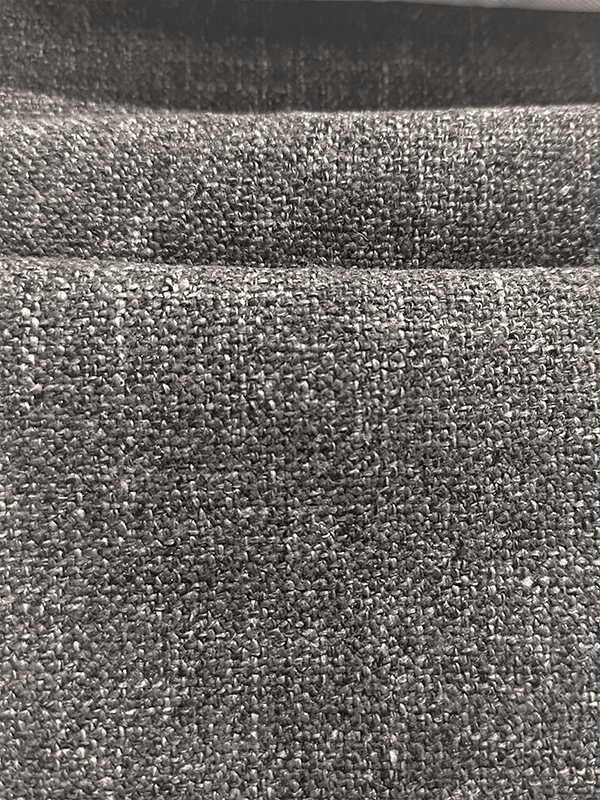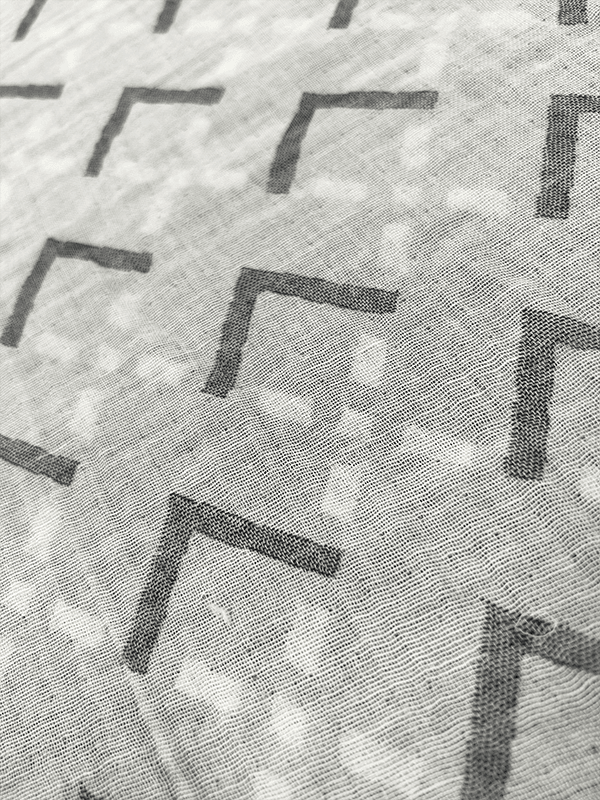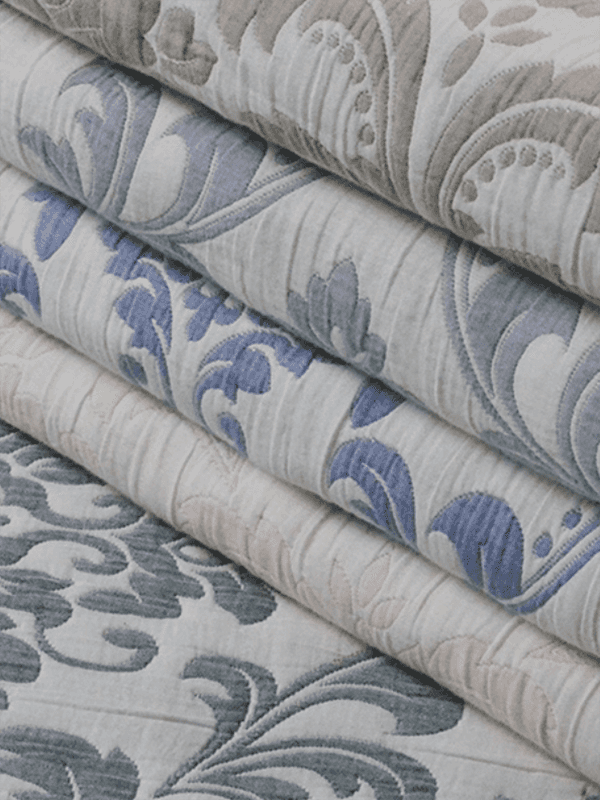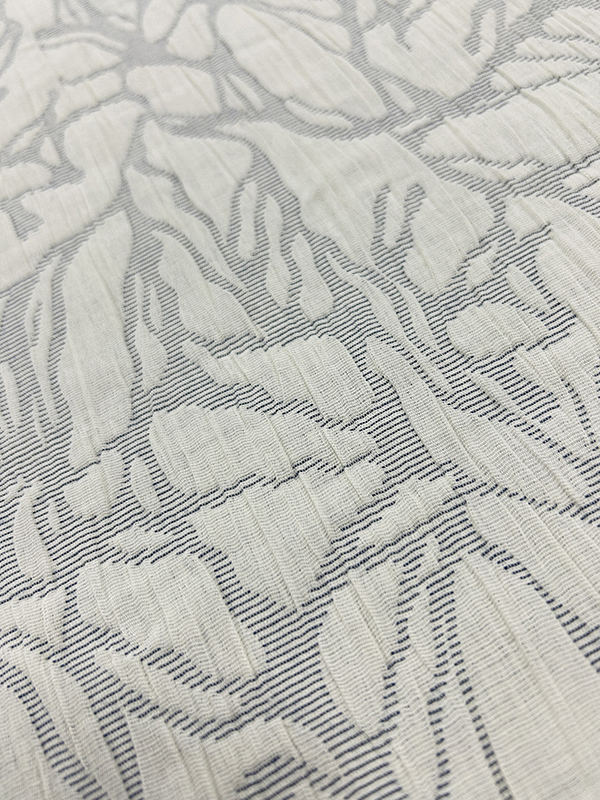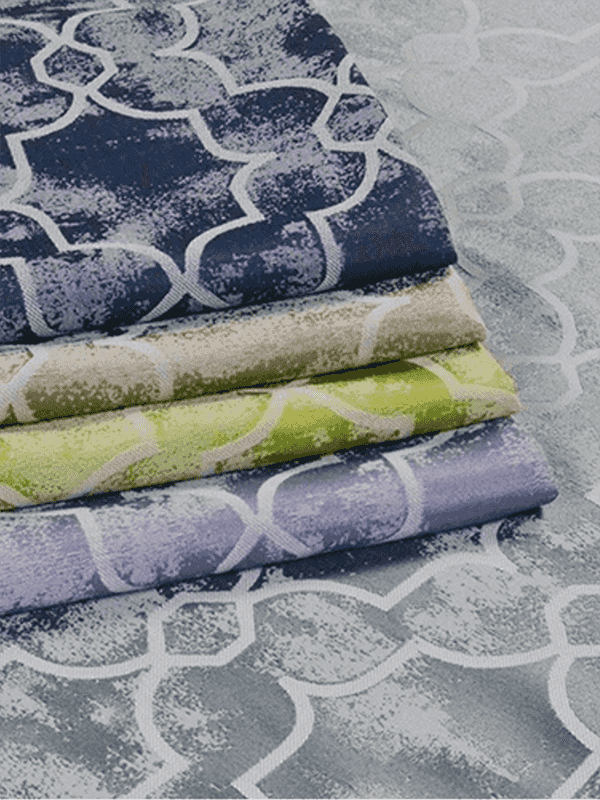When it comes to selecting fabrics for upholstery and home textiles, durability is often the first consideration. People want materials that not only look beautiful but also withstand daily wear and tear. Among the wide range of fabrics available, 100% cotton jacquard fabric stands out as a popular choice, known for its intricate patterns and natural softness. But is it truly durable enough for upholstery and home textile applications? To answer this, we need to explore the qualities of cotton jacquard, its strengths and limitations, and how it performs compared to other fabric types.
Understanding 100% Cotton Jacquard Fabric
Jacquard refers not to the material itself but to the weaving technique. Invented by Joseph Marie Jacquard in the early 19th century, the jacquard loom allows complex patterns—such as florals, damasks, and geometric motifs—to be woven directly into the fabric rather than being printed or embroidered on top.
When this weaving method is applied to 100% cotton yarns, the result is a cotton jacquard fabric: a textile that combines the natural comfort of cotton with the elegance of woven-in designs. Unlike plain-weave cotton fabrics, jacquard has a raised texture and intricate detailing, which adds both beauty and structure.
The Durability of Cotton as a Base Fiber
Cotton is one of the most widely used natural fibers in the world, valued for its softness, breathability, and versatility. But how does it fare in terms of durability?
- Strength: Cotton fibers are moderately strong, and when tightly woven, they can withstand regular use.
- Breathability: Cotton’s natural ability to absorb moisture makes it comfortable but can also expose it to risks like shrinkage or wear when not cared for properly.
- Resistance: Pure cotton fabrics are less resistant to abrasion compared to synthetic fibers like polyester or nylon. However, the jacquard weaving technique enhances cotton’s strength by creating a denser, more structured fabric.
This combination means that while plain cotton may wear out quickly in heavy-use upholstery, cotton jacquard tends to be more durable.
Why Jacquard Weaving Enhances Durability
The weaving process is key to understanding why cotton jacquard performs better in upholstery and home textiles than many other cotton fabrics. Jacquard weaving involves interlacing threads in complex patterns, often resulting in a thicker and more textured material. This has several advantages:
- Tighter Construction: Jacquard weaves are generally denser, which helps resist tearing and fraying.
- Structural Integrity: The raised textures and multi-layer weaving add bulk, giving the fabric more body and durability.
- Resistance to Flattening: Unlike printed fabrics, where designs can fade or peel, jacquard patterns are woven in, ensuring they last as long as the fabric itself.
This makes 100% cotton jacquard especially suited for applications like sofas, chairs, and heavy drapes, where longevity is important.
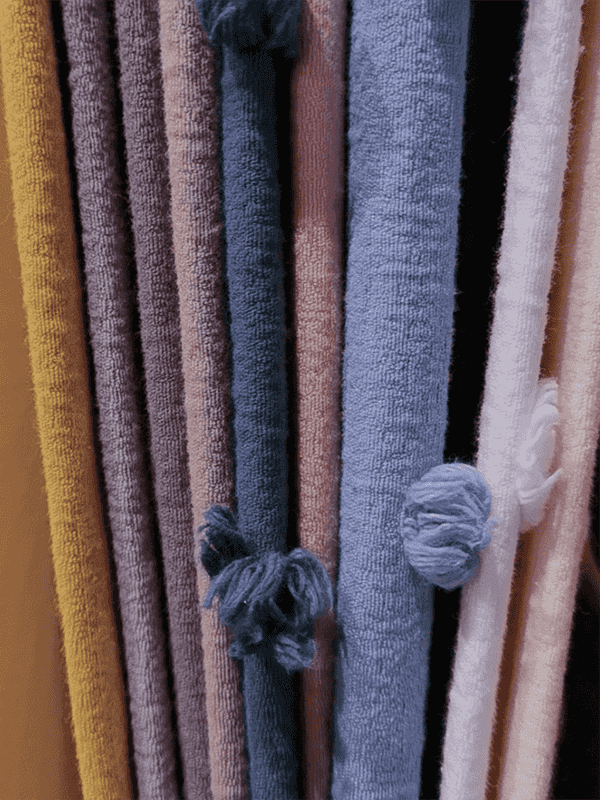
Performance in Upholstery Applications
Upholstery is one of the most demanding uses for fabric. A sofa, for example, is subjected to constant sitting, friction, spills, and sunlight. How does cotton jacquard measure up?
- Abrasion Resistance: While not as abrasion-resistant as synthetic blends, cotton jacquard holds up well in moderate-use upholstery, especially in residential settings.
- Comfort: Its natural softness provides a comfortable seating experience without feeling rough or stiff.
- Aesthetic Appeal: The elegant patterns and textured finish make cotton jacquard an attractive choice for living rooms, offices, or hotels where style matters as much as function.
- Limitations: Cotton jacquard can wear more quickly under heavy commercial use or with pets and children who cause extra strain. In such cases, fabric blends with polyester or added treatments may be better suited.
In short, cotton jacquard works beautifully for decorative or moderately used furniture but may not be ideal for extremely high-traffic pieces.
Suitability for Home Textiles
Beyond upholstery, 100% cotton jacquard fabric shines in home textile applications such as curtains, bedding, and table linens.
- Curtains and Drapes: The thickness of jacquard helps block light and adds insulation, while its woven designs give a luxurious touch to interiors.
- Bedding: Cotton jacquard is breathable and soft, making it excellent for duvet covers, pillowcases, and bedspreads. The woven-in patterns add elegance without compromising comfort.
- Table Linens: Its durability and ability to maintain shape make it suitable for tablecloths, runners, and placemats. The intricate designs also elevate dining aesthetics.
- Decorative Items: Cushion covers, throws, and wall hangings made of cotton jacquard combine durability with decorative richness.
Because these applications typically involve less friction than upholstery, cotton jacquard can last for years while maintaining its beauty.
Comparing Cotton Jacquard to Other Fabrics
To assess durability, it helps to compare cotton jacquard with alternatives:
- Cotton Twill or Canvas: These are sturdier plain cotton fabrics commonly used for upholstery. They may outlast jacquard in heavy use but lack the same decorative appeal.
- Polyester Jacquard: Polyester adds resilience, wrinkle resistance, and better abrasion resistance. However, it sacrifices the natural breathability and softness of cotton.
- Wool or Silk Jacquard: These luxury options offer richness but are more delicate and harder to maintain.
- Blended Fabrics: Cotton-polyester jacquards balance natural comfort with enhanced durability, making them ideal for high-traffic use.
This shows that while 100% cotton jacquard is durable, fabric blends or alternative weaves may outperform it in specific heavy-use scenarios.
Maintenance and Care for Longevity
The durability of cotton jacquard also depends on proper care. With the right maintenance, it can last for years:
- Regular Cleaning: Vacuum upholstery or shake out curtains to remove dust and debris that can wear down fibers.
- Washing Guidelines: For removable covers or linens, wash in cold water to prevent shrinkage and fading.
- Avoid Excessive Sunlight: Direct sunlight can weaken cotton fibers over time, so consider lining curtains or placing upholstered furniture away from windows.
- Stain Protection: Applying a fabric protector or using slipcovers can extend the life of cotton jacquard upholstery.
By following these practices, the natural lifespan of cotton jacquard can be significantly prolonged.
Balancing Aesthetics and Durability
One of the strongest arguments for using 100% cotton jacquard in upholstery and home textiles is its balance between functionality and beauty. While it may not be the toughest fabric available, it offers a blend of durability, comfort, and design that few other textiles can match. The woven-in patterns add a timeless elegance that remains intact long after printed designs fade.
Conclusion
So, is 100% cotton jacquard fabric durable for upholstery and home textiles? The answer is yes—within reason. It is durable enough for moderate-use upholstery, decorative furniture, and most home textile applications. Its jacquard weaving technique strengthens the natural cotton fibers, giving them more resilience than plain cotton fabrics. While it may not rival polyester blends in high-traffic durability, it provides an ideal balance of softness, breathability, and elegance for residential use.
For homeowners who value both aesthetics and comfort, 100% cotton jacquard fabric remains a smart and stylish choice. With proper care, it can last for years, offering not only durability but also the timeless beauty of intricate woven designs.

 English
English 中文简体
中文简体 Español
Español عربى
عربى